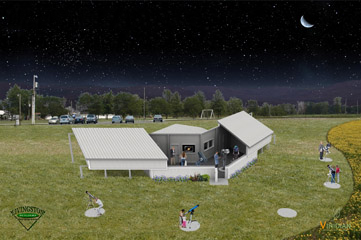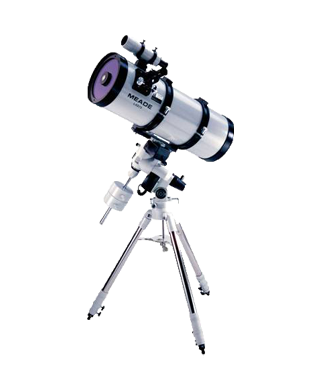General Information
The Society is a not-for-profit organization, incorporated in 1959, for the purpose of public education in Astronomy and related sciences.
The Society holds public meetings the third Tuesday of each month at 7:30 pm at the University of Saint Francis Schouweiler Planetarium.
Special general meetings might be held at other locations and are announced in our newsletter “The Eyepiece”.
The Society conducts public observing sessions at Jefferson Township Park every clear Saturday evening, from April through November,
conducted by trained and experienced Society members. Public observing starts 1-hour after sunset and continues for two hours.
The Society can also give special “star parties” for schools, scouts, or other groups.
A new observatory is currently in planning and funding stages and will be located the Jefferson Township Park west of Fort Wayne and New Haven.
A monthly newsletter “The Eyepiece” is published by the Fort Wayne Astronomical Society to keep members informed of up-coming events, meetings, field trips and
interesting facts on Astronomy.
The Societies first observatory was started in 1961 and completed and open to the public in 1963. It was located north of Fort Wayne,
on DuPont Road. Creeping light pollution from street and security lights caused skies to become less than desirable and in 1978, it was moved to Fox Island
County Park. In November of 2011, the observatory was removed from Fox Island because of creeping light pollution, and restricted horizon due to tree growth.
A new astronomical observatory design is planned for Jefferson Township Park site that has better south dark skies and a superior horizon.
Until our new observatory is built at Jefferson County Park, we will have limited use of the Richard Johnston 16” Telescope on
clear Saturday Nights. Society members and the public are encouraged to bring their own telescopes and share views of the heavens.
Of all the various objects we view through the telescope, our own Moon and the planets are always the most impressive to the first
time or casual observer. They are the brightest and the most easily understood.
On the Moon we can easily see the mountain ranges, hundreds of craters (ringed mountains), and the seas (plains). The best time to
view the Moon is at First Quarter (half Moon), when we can see the long shadows cast by the sun shining on the mountains and craters.

Double stars, sometimes showing a beautiful color contrast, can be viewed at any time of the year. Some are physically close together
in space orbiting about each other, and others appear close only because of our line-of-sight.
Various nebulae, bright clouds of glowing gases, can be viewed during the summer and winter seasons. Some are birthplaces of stars,
while others are remnants of old dying stars.

All the planets can be seen through the observatory telescope, but two are rarely viewed. Elusive Mercury is too close to the sun and
distant Pluto is too faint. Venus shows a bright white face; Mars shows dark markings at closest approach; Jupiter shows dark cloud belts and four bright
moons; Saturn displays its beautiful ring system and several small moons; Uranus and Neptune are seen as small blue-green disks.
Galaxies beyond our Milky Way can also be viewed. The Great Galaxy in Andromeda is the closest galaxy to our Milky Way. It is visible
during the fall, and can be glimpsed on a clear moonless night with the naked eye. The light we see from these remote galaxies has been traveling through
space for millions of years.










